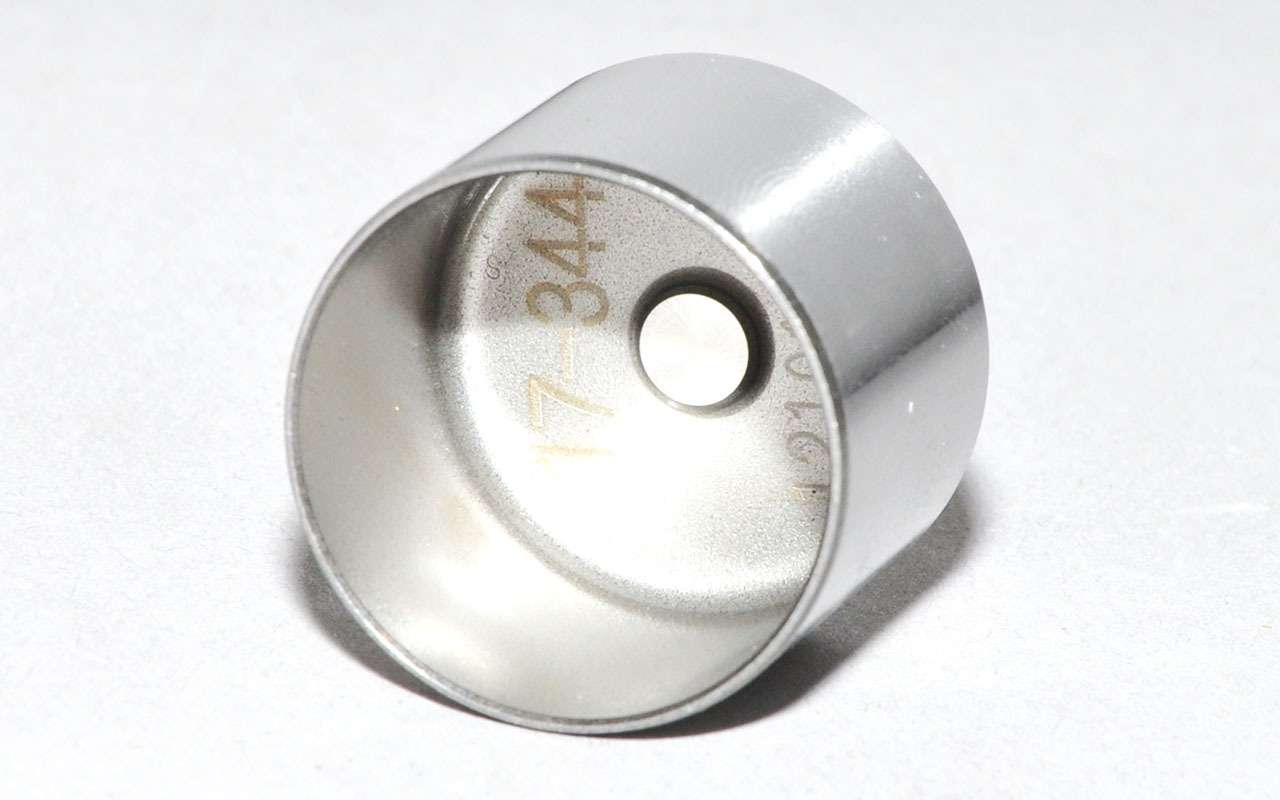This engine was presented in 2012 at the Moscow Motor Show, where the Chevrolet Cobalt debuted (on sale since early 2013). Since 2016 this car has been delivered to us under the name Ravon R4. The same engine was installed on Daewoo Gentra and Ravon Nexia R3.
Robust design
The engine belongs to the S-TEC III series, developed by the Korean division of Chevrolet, mainly for installation in cars from third world countries. The four-cylinder engine with distributed petrol injection is simple and unpretentious – and this is its undeniable advantage.
These are the main technical features:
- rigid and durable cast iron cylinder block;
- two camshafts are driven by a multi-row multi-disc chain;
- the design contains no phase shifters, which makes the drive simple and reliable;
- low power (106-107 hp) is removed from a working volume of 1.5 liters;
- Due to the low compression ratio of 10.2, the use of gasoline with an octane number of 92 is acceptable.
Many engines exceed the factory specified amount of 350,000 km. A major engine overhaul is relatively easy. The cylinder block has been drilled to the repair size, new pistons and rings have been fitted. Rebuild the cylinder head. The crankshaft sometimes succeeds (provided it uses good oil) to polish the necks.
The catalytic converter is mounted in a separate housing, from which the filling can be easily removed and replaced.
But this engine also has drawbacks. I will give frequent complaints from owners of cars with a B15D2 engine and indicate the true causes of the problems.
Insufficient power
Drivers of cars with both automatic and manual machines complain about this. The reasons for the lack of power rather lie in the overestimated demands of the owners. It is naive to expect that such an engine will give a relatively heavy car hurricane dynamics.
The B15D2 engine is the base and only unit for the models listed above. Unfortunately, no more powerful engines were offered for them.
High fuel consumption
In an effort to make the car drive dynamically, many owners often run a low-power engine in low gears almost to the break. Therefore, there is an excessive consumption of gasoline.
But with reasonable driving style, fuel consumption can be reduced to normal for cars of the same class. If you want to spend less fuel and still go faster, choose other cars with small petrol turbo or diesel engines.
Frequent valve adjustment
The need for valve adjustment is no more common than with other engines without hydraulic valve lifters in the timing drive. Once every 90 thousand kilometers it makes sense to open the valve cover and check the holes.
Let me remind you of the gaps with a cold (+20°C) engine:
- Inlet valves: 0.075 – 0.125 mm
- Exhaust valves: 0.245 – 0.295 mm.
If the holes do not meet the requirements, a rather tedious procedure awaits: remove the camshafts, remove and measure the pushers and get (buy) new ones.

True, the same will have to be done by the owners of many other cars – from the relatively cheap Solaris to, for example, the expensive Nissan X-Trail.
By the way, on cars with gas balloon equipment, the valve adjustment in the engine will be required twice as often.
oil leaks
Usually, oil leaks appear under the front crankshaft seal and valve cover. The cause is a clogged crankcase ventilation system.
This occurs when the engine is used with low-grade or counterfeit oils, or when replacements are too infrequent. If exceeded, even high-quality oils lose their working properties and contribute to the accumulation of deposits.

Throttle lock
As a result of a previous malfunction. Poorly separating, the oil enters the intake tract and contaminates the throttle. Keep the crankcase ventilation system clean to minimize oil consumption and prevent the throttle from getting dirty.

Our experience
In the editorial “Behind the wheel” is a Chevrolet Cobalt with the same engine during a long test. The mileage of the car has exceeded 150 thousand km. There were no problems with the engine, which is regularly serviced.
To summarise
The engine, designed for heavy duty use, has proven itself very well. It has a relatively modest power performance, but a long source and high reliability. And right now, perhaps these qualities are valued above all others.
- “Behind the wheel” can be read in Odnoklassniki.
Car owners claim 1.5 liter engines with the designation B15D2. The expert “Behind the wheel” explains the reasons for their dissatisfaction.



